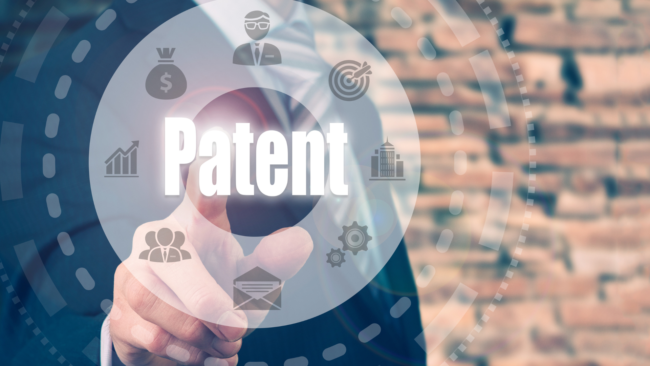General information on Patents
IP Policy – Area of Focus - Types of Intellectual Property
Patent Process Overview - Get ready to apply
Patent Public Search Tool
Patent Pro Bono Program - Free patent legal assistance
Patent FAQs

Intellectual property (IP) broadly refers to the rights given to creators over their inventions. The United States Patent and Trademark Office (USPTO) offers various intellectual property protections such as patents, trademarks, trade secrets, service marks, copyrights, and more.
It is important to understand the distinctions between the protections provided by a patent and the exclusivity from a marketing application. Patents protect intangible, non-physical property assets.
To qualify for a patent, developers will need to determine whether their device is novel, useful and nonobvious. A novel device would not be substantially equivalent to another medical device on the market. Developers most likely file for utility or design patents. Alternatively, they can file for a provisional patent to establish a filing date for an invention, giving them a year to decide whether or not to obtain a patent. To ensure that the invention has not been publicly disclosed by another party and is non-patented, it is beneficial to conduct a search of all previous public disclosures, including a search of foreign patents and printed publications. USPTO encourages novices to contact their local Patent and Trademark Resource Center (PTRC) for expert advice in setting a search strategy. A registered patent attorney or agent is also a useful resource.
Unlike patents, marketing exclusivity refers to the marketing rights granted by the FDA upon the approval of the medical product, with, or without a patent. Companies receive exclusivity through FDA approval of a marketing application. For medical devices, this application is a Premarket Approval (PMA). For more information on the PMA, go to the “Regulatory Path to Market - Device” section.
Resources
Click each title below to reveal the resources
Devices@FDA - Catalog of cleared and approved medical devices
Device Classification Under Section 513(f)(2) - Database of de novo classification orders.
Product Classification - Database of all medical devices with their associated classifications
FAQs on Patent and Exclusivity
Small Business Assistance: FAQs Patent Term Restoration Program
Go to Resources for this page